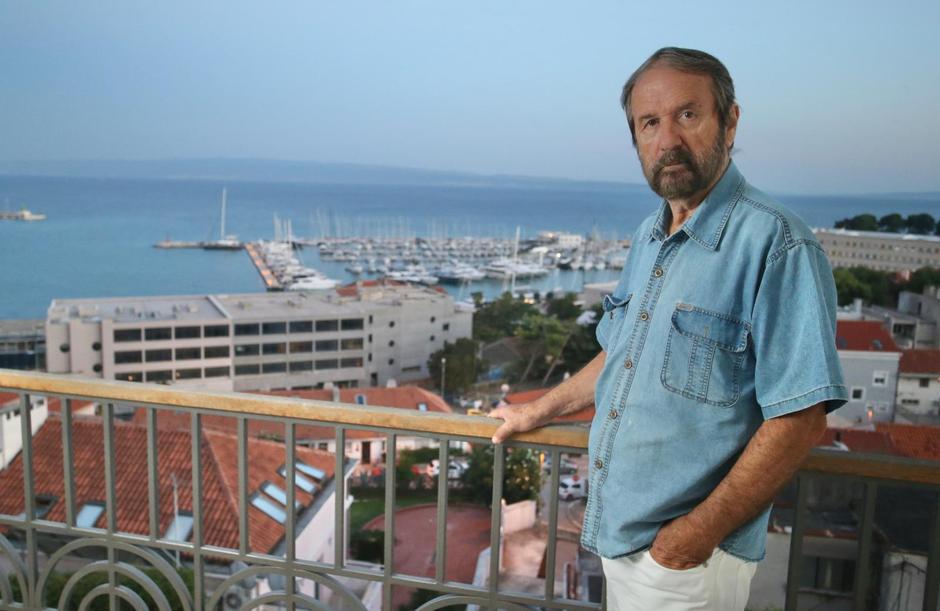Thousands of years ago, Dalmatia was inhabited by the Illyrian tribe Dalmati. Around 700 BC, the Dalmati came in contact with Greek merchants who established a peaceful and profitable trade with the local population and built many towns throughout the region. Several hundred years later, the Romans conquered Dalmatia and incorporated it into the Roman Empire, thus continuing the development of Dalmatian cities, its infrastructure and economy. A few centuries after the fall of the Roman Empire, the Croatian people settled in Dalmatia during the seventh century AD. In the year 925 they formed a large and powerful Croatian kingdom under King Tomislav. From that time to the present day, Croatia has endured a turbulent history fraught with wars and foreign occupation. Due to its advantageous location in the Mediterranean, Dalmatia found itself on the pathway of the East-West trade that controlled much of Europe’s economy and, therefore, the powerful European rulers sought to control it. Of them all, Venice was the most powerful. The Ottoman Empire also fought for domination over the Adriatic, as did many foreign armies who invaded its seas in an effort to gain control of the trade routes. After a thousand years of such constant strife, the Croatian people finally established their independent country in 1991.
Such a rich history has left quite a mark on the region: stunning ancient cities, forts, palaces, temples, and churches, all bearing witness to Dalmatia’s varied and turbulent past. Many of the cities such as Split, Dubrovnik, Korcula, Hvar, Rab and Pula, are world-famous.
Likewise, many notable historical figures are associated with this region: the Roman Emperor Diocletian retired to Dalmatia and built his palace, one of the most beautiful Roman structures in the world, which is now the city of Split; the medieval saint and theologian St. Jerome was born on the border of Dalmatia and Pannonia; Lucius Artorius Castus, a Roman governor born and buried in Dalmatia, is believed to be the legendary King Arthur; the Croatian sailor and world explorer Marco Polo was born on the island of Korcula; Ruder Boskovic, astronomer, mathematician and physicist from Dubrovnik, contributed to the study of nuclear physics; inventor Faust Vrancic created the first implemented parachute and made a successful jump from a tower in Venice; Slavoljub Penkala developed the first solid-ink fountain pen which, therefore, bears his name; and Nikola Tesla, born in a small town in central Croatia, is considered one of the greatest inventors and engineers in the world, who, among other things, designed the first hydro-electric power plant in Niagara Falls.
It is also interesting to note that Dalmatia is the home of the famous Dalmatian canine breed that the Venetian Doges gave as gifts to other European rulers. Furthermore, Croatian soldiers were distinguished by the particular type of necktie they wore, and so, when other nations adopted the style, the necktie was named after the Croatians, "kravata."
From ancient times, life in Dalmatia was sustained by fishing, olive oil production and wine making, and the sea pathways allowed for easy distribution of these products throughout Europe. Life on the Dalmatian islands today has not changed much in that regard, except for the recent boom in the tourism industry. The sea is rich in fish, and no modern technology can compare to the efficiency of classic, old-fashioned fishing methods on small wooden boats that have served the local fishermen for centuries.
The entire length of Croatia’s Adriatic coast is delineated by steep, rocky mountains that plunge into the sparkling, crystal-clear sea. The coast and the islands are carved with thousands of small bays and pebbled beaches. Small villages and towns made entirely of stone are nestled among the bays, skillfully built by stonemasons and artists.
Dalmatia is blessed with a moderate Mediterranean climate with calm, sunny days throughout most of the year. Occasionally, cold winds from the north and warm winds from the south disturb the overall calm. During the summer, a wind known as the Maestral blows in from the sea and brings with it fresh air that cools the simmering heat. It fills the air with the rich fragrance of lavender, sage, and rosemary, and the smell of pine trees and the cypress that grow in abundance throughout Dalmatia. When the sea is calm and undisturbed by the winds, it acquires an ethereal stillness. In those moments, the brilliant sunshine reveals the dark blue depth of the sea that is transformed into a palette of pink and purple hues when touched by the gentle light of sunrise and sunset.
Zvonimir Mihanovic was born and raised in Dalmatia, and his art is inspired by the natural and man-made beauty of his home.







